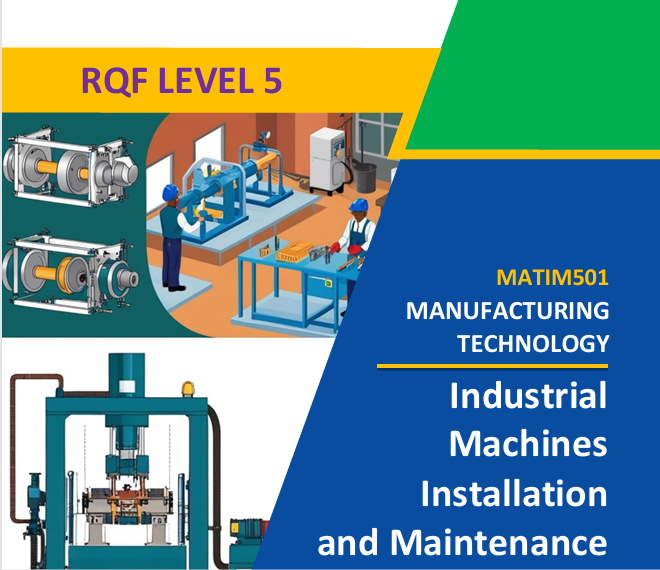This course, MATIM501: Industrial Machines Installation and Maintenance, will equip you with the essential skills to install, operate, and maintain industrial machines effectively. We will begin by performing fitting works, which includes preparing the workplace, assembling machine parts, and attaching accessories. Next, you will learn how to operate industrial machines by setting parameters, testing, and controlling production processes. Finally, we will focus on maintaining machines through fault diagnosis, predictive and corrective maintenance, and post maintenance procedures to ensure long term machine efficiency and safety.
Search results: 147
This course provides learners with comprehensive skills to develop modern, responsive, and high-performance web applications using contemporary web technologies. Learners will gain practical experience in front-end development, styling, performance optimization, and deployment of web applications.


- Teacher: Wilson NIYONKURU
Fundamentals of Building Materials" explores the essential properties, types, and applications of materials used in construction, including natural materials like wood and stone, and manufactured ones such as concrete and steel. It covers key physical and mechanical properties, material behavior under various conditions, and sustainability considerations. Additionally, the text addresses building codes and standards that govern material use, as well as innovations in the field. This knowledge is vital for architects, engineers, and builders to create safe, durable, and efficient structures.

- Teacher: INNOCENT MUHAWENIMANA
The Basics of Networking course introduces fundamental concepts of computer networks, including types of networks, communication models, and essential protocols. Students learn about networking devices, media, and topologies, alongside IP addressing and basic configuration principles. The course emphasizes understanding how data is transmitted, shared, and secured across networks. By the end, learners gain practical knowledge to design simple networks and apply networking concepts in software development environments.
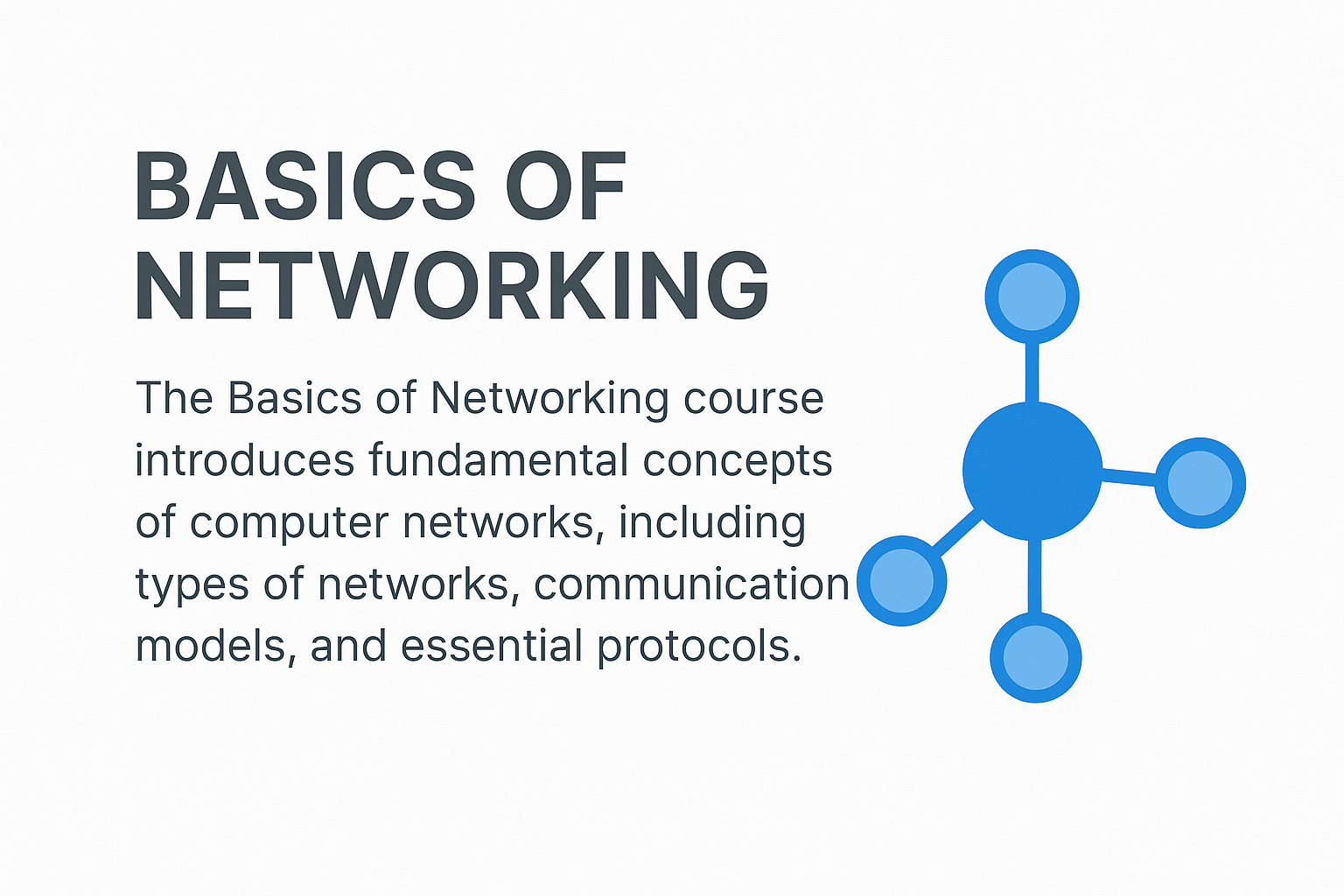
- Teacher: UWIZEYIMANA Isaie
- Teacher: JEANMARIEVIANNEY NSENGIYUMVA
- Teacher: EMMANUEL NZARUBARA

- Teacher: Origene IGIRANEZA
Bridge is the structure built to pass over different obstacles like rivers, road way ,valley, high way. The bridge superstructure are the following type like beam bridge, arch bridge, suspended bridge etc.

- Teacher: JEAN HAKIZIMANA
- Teacher: INNOCENT MUHAWENIMANA
- Teacher: Clemence MUKASHYAKA
- Teacher: Pierre MUNYAMBONERA,
This module describes the skills, knowledge and attitude required to carry out hatchery operations.
A hatchery is a facility where eggs are hatched under artificial conditions, especially those of fish, poultry.
The hatchery is a special building with controlled ventilation .it contains machines for holding and incubating large numbers of eggs . the hatchery is designed with hygiene in mind and is laid out so there is little chance of any contaminating organisms traveling back from hatched chicks to eggs brought in later.

- Teacher: Basamiraho Emmanuel
Describe how to get the chicks in poultry farming
JavaScript is a lightweight, flexible programming language that plays a central role in making web pages interactive. While it was originally designed to run only in browsers, today it also powers servers through platforms like Node.js.
At its core, JavaScript relies on variables to store and manage data. Developers can declare variables using var, let, or const. Of these, let and const are modern, block-scoped keywords, with const being used for values that should not be reassigned.
The language works with different data types, divided into two categories: primitives and reference types. Primitive values include strings, numbers, booleans, null, undefined, symbols, and big integers. Reference types, on the other hand, cover objects, arrays, and functions.
To manipulate data, JavaScript provides operators. These range from arithmetic operators for calculations, to comparison and logical operators for decision-making. Combining these with control flow structures, such as if...else statements and loops like for or while, allows developers to write logic that adapts to different situations.
Functions are another cornerstone of JavaScript. They let you group code into reusable blocks, which can be defined traditionally with the function keyword or in newer, more concise forms like arrow functions. Alongside this, objects and arrays make it possible to organize data: objects store information as key–value pairs, while arrays hold ordered lists of values.
One of JavaScript’s most powerful features is its ability to interact with the Document Object Model (DOM). Through the DOM, developers can dynamically update a webpage—changing text, styles, or structure in response to events. Events, such as a user clicking a button or pressing a key, can be captured and handled through event listeners, making websites more interactive and engaging.
In recent years, JavaScript has grown even more powerful thanks to modern ES6+ features. These include template literals for easier string formatting, destructuring for extracting values from objects or arrays, and the spread/rest operators for handling collections of data. JavaScript also supports modules, enabling code to be imported and exported across files, and provides asynchronous programming tools such as promises and async/await, which are essential for working with tasks like API calls or file operations.
The module discuss on variables, data types, operators, control flow, functions, objects, arrays, DOM manipulation, events, and modern ES6 feature used for the building blocks of interactive web development.

- Teacher: NDAGIJIMANA Silas
This module describes the skills, knowledge and attitude required to assist in
Major surgery. It is intended to the learners pursuing TVET Certificate V in
Animal health. Upon completion of this module the learner will be able to
perform preoperative activities, assist in surgical operations, perform post-operative care activities under minimum supervision. The module aims to provide you the required knowledge and skills that will help you to assist to surgical operations.
In this module the pre-operative activities prior to Major surgery procedures will be described. An emphasize will be made on the surgical operations to be performed following a regional body approach and the post-operative activities will lead you to the conclusion of the module. Welcome to the module.
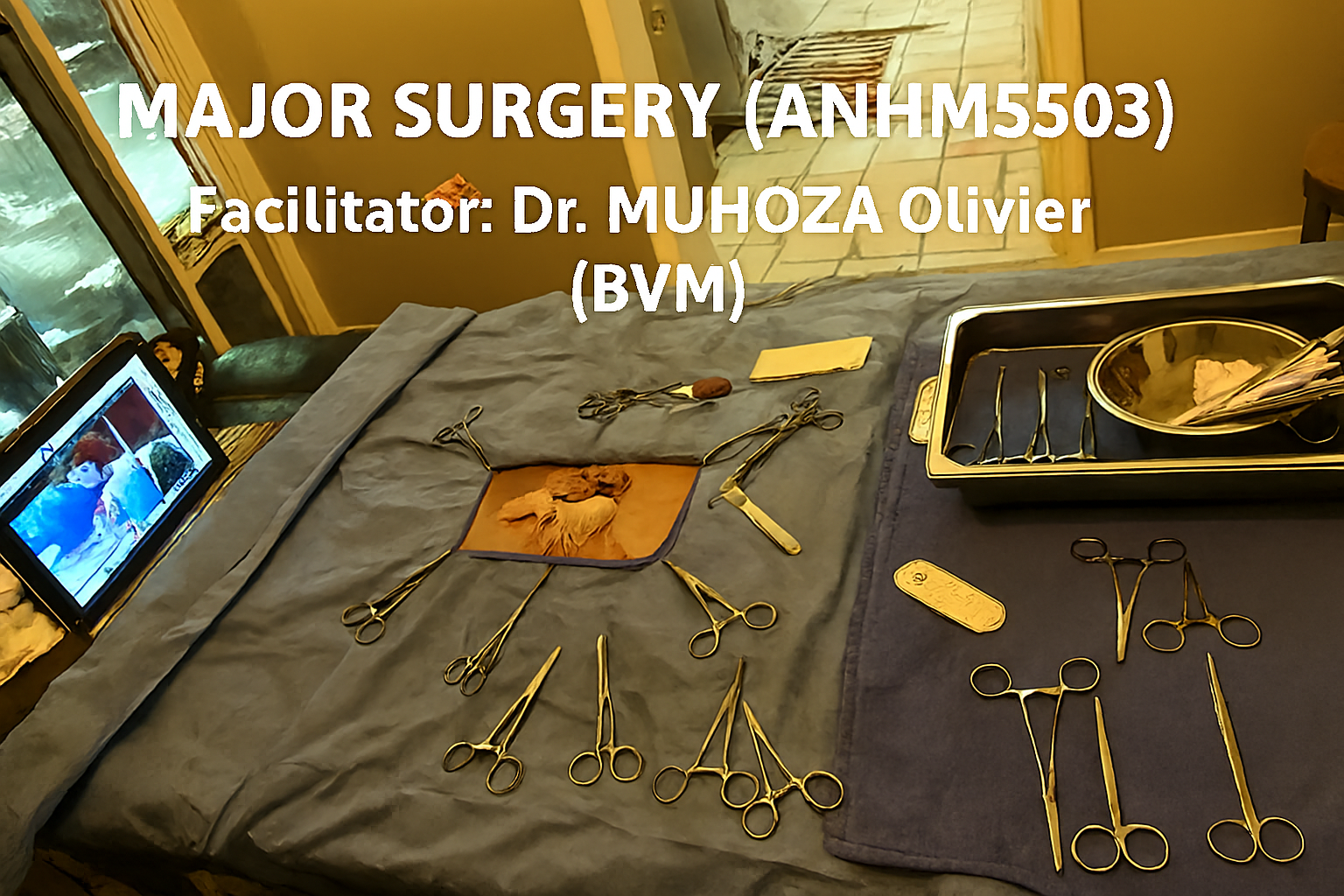
- Teacher: Olivier MUHOZA
Purpose statement: This module describes the skills, knowledge and attitude required to assist in Major surgery. It is intended to the learners pursuing TVET Certificate V in Animal health. Upon completion of this module the learner will be able to perform preoperative activities, assist in surgical operations, perform post-operative care activities under minimum supervision.

- Teacher: JeandeDieu KUBWIMANA
Site Conditions means the physical and other conditions at the Site and the surrounding area as a whole, including conditions relating to the environment, transportation, access, waste disposal, handling and storage of materials, the availability and quality of electric power, the availability and quality of water, the availability and quality of roads, the availability and quality of labor personnel and local work and labor rules, climatic conditions and seasons, topography, air and water (including raw water) quality conditions, ground surface conditions, surface soil conditions, sound attenuation, subsurface geology, nature and quantity of surface and subsurface materials to be encountered (including Hazardous Materials), the geological and subsurface conditions of the Site, all other local and other conditions which may be material to Contractor’s performance of its obligations under the Agreement, and the location of underground utilities, obstructions and equipment and facilities needed before and during performance of Contractor’s obligations under the Agreement.

Mechanical machine production is the process of creating machines and their components from raw materials. This field combines aspects of mechanical engineering, manufacturing technology, and management science to produce goods efficiently and economically.
- Teacher: NIYITEGEKA Jean Damascene
Metal cutting is the process of removing material from a metal workpiece to give it a desired shape, size, or surface finish. This is usually done using a cutting tool that shears away small chips of metal. Metal cutting is an essential operation in manufacturing industries to create parts and components for machinery, vehicles, and equipment.
There are two main

- Teacher: OLIVIER MPARIBATENDA
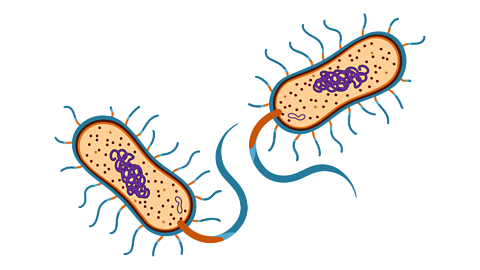
- Teacher: Basamiraho Emmanuel
This course will describe the skills and attitudes that will help the learners from level four animal health to acquire knowledge and attitude on milking equipment hygiene , milk cows , monitoring milk quality and quantity , perform minor maintenance of troubleshooting issues and finally communicate effectively with the milking parlor team.
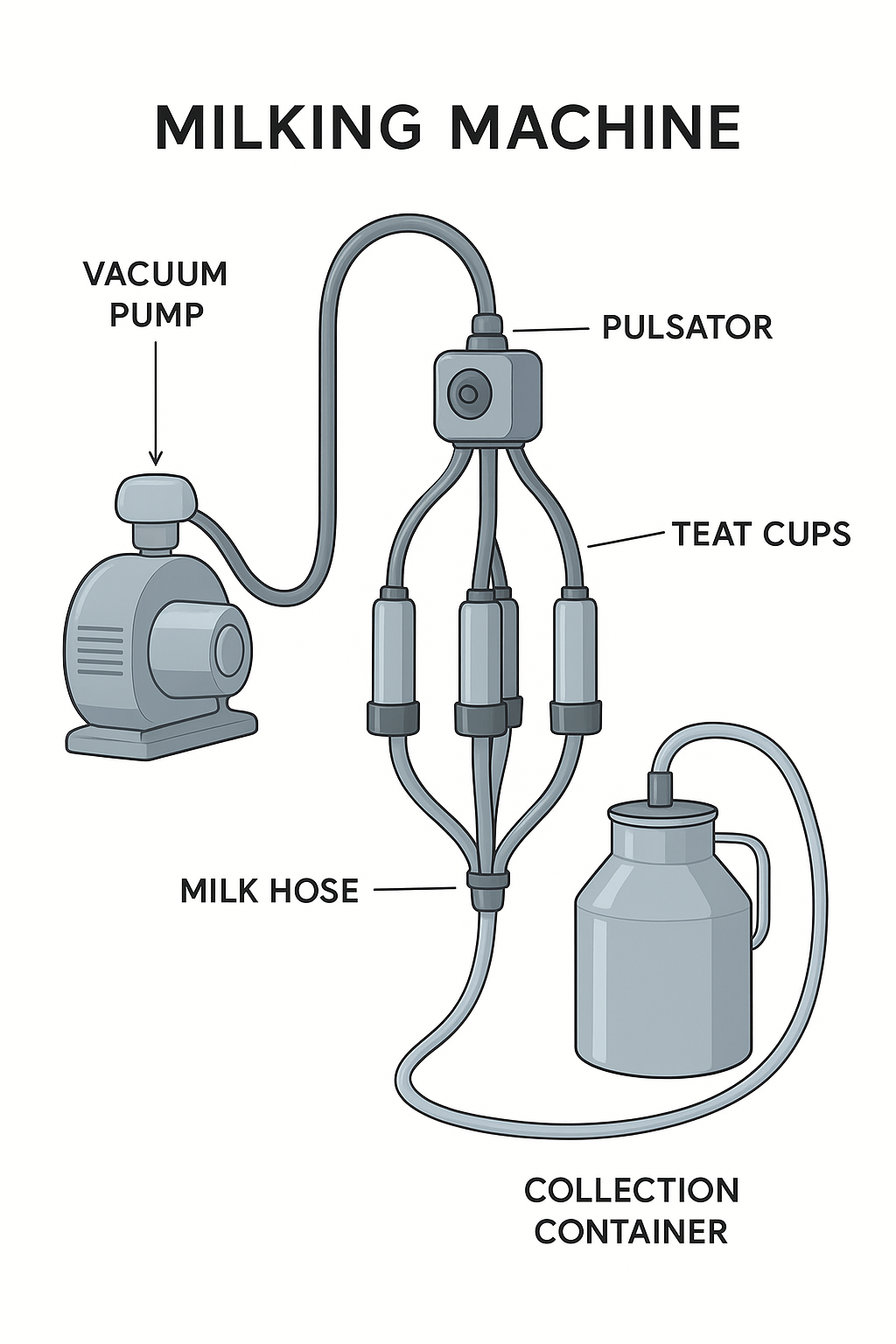
- Teacher: Olivier MUHOZA
- Teacher: INGABIRE Veronique
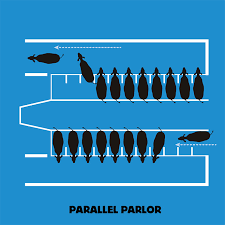
- Teacher: HAGENIMANA Eric

